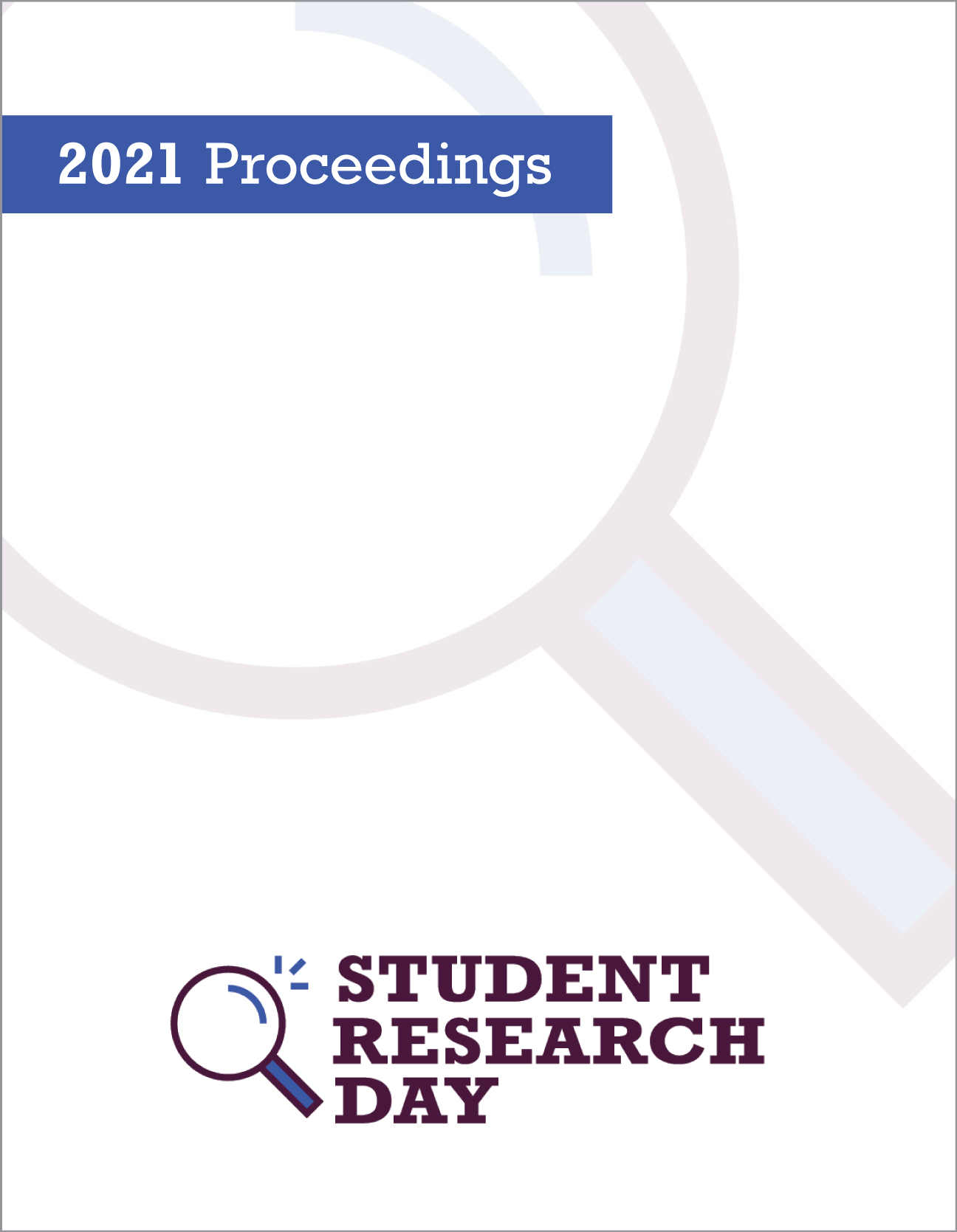Assessing the Spread and Establishment of Prussian Carp (Carassius gibelio) in Northern Alberta
Abstract
The Prussian carp (Cassasius gibelio) has proven to be a dangerous invasive freshwater fish species. Native to Asia and eastern Europe, it has since come to dominate many of the lakes, ponds, rivers, and streams of Europe and Asia, causing a swath of ecological damage by outcompeting native taxa, degrading environmental conditions, and reducing biodiversity. Within the last two decades, the Prussian carp has also been introduced into Alberta and has since spread into the province's rivers and lakes, including the Red Deer, Bow, and South Saskatchewan river systems Lacombe lake. Most research relating to Prussian carp distribution in North America has focused exclusively on water bodies in southern Alberta. My ongoing undergraduate research project seeks to expand the search for Prussian carp into northern Alberta, specifically the lakes and ponds in the Edmonton area, using both visual and molecular
methods. The visual method involved the use of a Trident Underwater Drone to collect video footage of 12 ponds and lakes in the Edmonton, St. Albert, and Beaumont jurisdictions during the spring and summer months of 2020. 4 lakes and ponds of particular concern were further selected to undergo environmental DNA (eDNA) analysis wherein two water samples were taken from each pond or lake and run through a 0.2 μm pore Cellulose Nitrate filter. The filters were m pore Cellulose Nitrate filter. The filters were then sent off to a lab at the University of Alberta to determine if Prussian carp and Goldfish DNA is present in the water samples collected. From the drone footage, several native fish taxa were observed in the surveyed water bodies. Additionally, there was no solid indication that any invasive fish species, including Prussian carp, were present. The results of the eDNA analysis similarly indicate that the absence of Prussian carp from the areas sampled. Put together, these results suggest that Prussian carp have yet to spread into northern Alberta. These finding ultimately highlight the role anthropogenic vectors have in the spread of Prussian carp, as well as the continued need to enact and enforce laws and policies that will slow their spread across the province.
Department: Biology
Faculty Mentors: Dr. Mrinal Das and Dr. Ross Shaw
Published
Issue
Section
License
Authors retain any and all existing copyright to works contributed to these proceedings.



